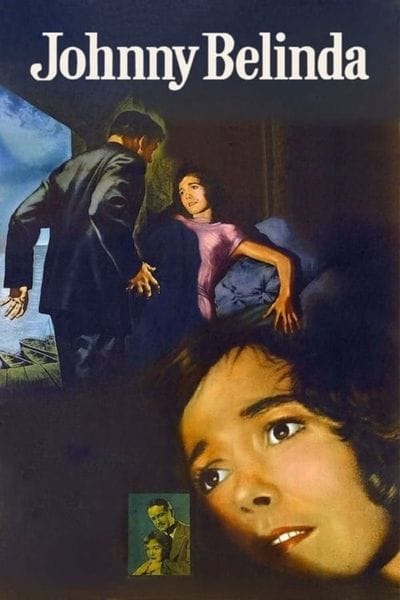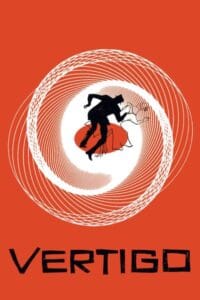Have you ever wondered how filming locations can shape the emotional depth of a story? Johnny Belinda, a groundbreaking film from its time, exemplifies this fascinating phenomenon through its meticulously chosen landscapes. The locations featured in the film are not merely picturesque; they resonate deeply with the narrative and significantly enhance the portrayal of its characters, creating a truly immersive experience for viewers.
This article explores the diverse settings—rural, urban, and natural—that contribute to the film’s storytelling and examines how these locations enhance the drama and emotional engagement, highlighting the crucial role of setting in filmmaking.
About Johnny Belinda
Johnny Belinda, released in 1948, is a poignant and compelling drama directed by Jean Negulesco, based on the powerful play by Elmer Blaney Harris. The film tells the evocative story of a young deaf woman named Belinda, portrayed by the talented Dorothy McGuire, who grapples with her identity and seeks to carve out her place in a society that frequently marginalizes those with disabilities.
Set in a close-knit rural community, the narrative explores the deeply ingrained themes of love, prejudice, and the relentless quest for acceptance. These themes resonate throughout the film, as Belinda faces both the harsh realities of discrimination and the uplifting moments of human connection. Her journey is marked by both tragedy and triumph, capturing the audience’s emotions and empathy.
The film’s rich tapestry of locations plays a crucial role in shaping the story. Each carefully chosen setting not only enhances the thematic depth of the film but also serves to immerse viewers in the struggles, dreams, and aspirations of the characters. From the serene beauty of the countryside to the confines of a small, judgmental town, the environments reflect Belinda’s internal battles and triumphs, making her story all the more impactful. The film ultimately leaves a lasting impression, encouraging audiences to reflect on the importance of understanding and embracing differences in our communities.
Johnny Belinda Locations
Each setting—from the windswept cliffs of the Pacific Peninsula to the lush landscapes of Mendocino—mirrors the inner conflicts of the characters, amplifying the emotional intensity of their journeys. These carefully selected environments evoke contrasts between freedom and captivity, privilege and struggle, underscoring the film’s central themes of isolation, societal judgment, and personal resilience. For example, the serene beauty of Fort Bragg stands in stark contrast to the film’s darker, more tumultuous moments, heightening the emotional stakes and drawing viewers deeper into the story’s unfolding drama. As we delve further into the specific scenes, it becomes clear that the choice of locations is not just aesthetic but integral to the narrative, enriching the characters’ experiences and making their internal battles more tangible. By examining the interplay between these settings and the key events in Johnny Belinda, we can better understand how the film uses its physical environments to deepen the emotional impact and explore the complex themes at its core.
Locky assaults Belinda scene in Johnny Belinda

One of the most harrowing moments in Johnny Belinda is the assault scene between Locky and Belinda. Filming this intense sequence in a secluded coastal area amplifies the isolation and vulnerability that Belinda experiences, as the dramatic landscape mirrors her emotional turmoil. The crashing waves and turbulent skies serve to enhance the emotional weight of the scene, immersing viewers in the distress and horror of the moment. The relentless sound of the ocean underscores the gravity of the situation, making the viewer acutely aware of Belinda’s helplessness. Here, the natural environment transforms into a powerful catalyst, reflecting the chaos and inner conflict in Belinda’s life, while also highlighting her struggle against the forces that seek to overpower her. This masterful use of setting not only elevates the tension but also deepens the audience’s connection to her plight.
Dr. Richardson offers to marry Belinda scene in Johnny Belinda
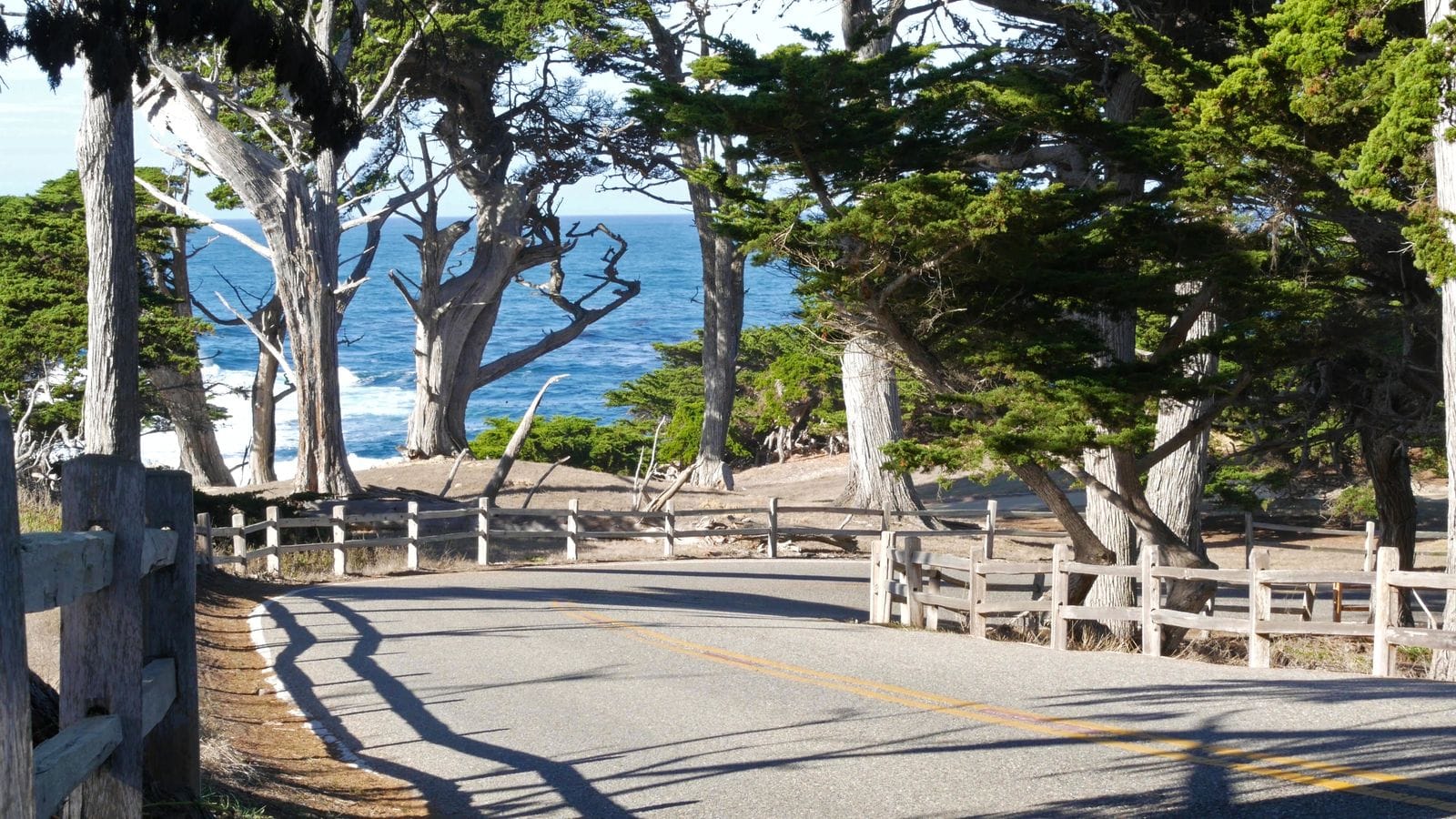
In contrast, the scene where Dr. Richardson offers to marry Belinda showcases the warmth and hope present in the film. Set against the stunning backdrop of Mendocino’s lush greenery, with its towering trees and vibrant flora, this pivotal moment emphasizes the enduring theme of love overcoming adversity. The vibrant landscape, filled with the colors of blooming flowers and the sounds of nature, beautifully mirrors the blossoming relationship between Dr. Richardson and Belinda, offering a visual representation of hope and potential amidst their challenges. This moment not only highlights their emotional connection but also serves as a reminder that even in the face of hardship, love can flourish and provide solace, inspiring audiences to believe in the power of resilience and the possibility of new beginnings.
Locky kills Black scene in Johnny Belinda
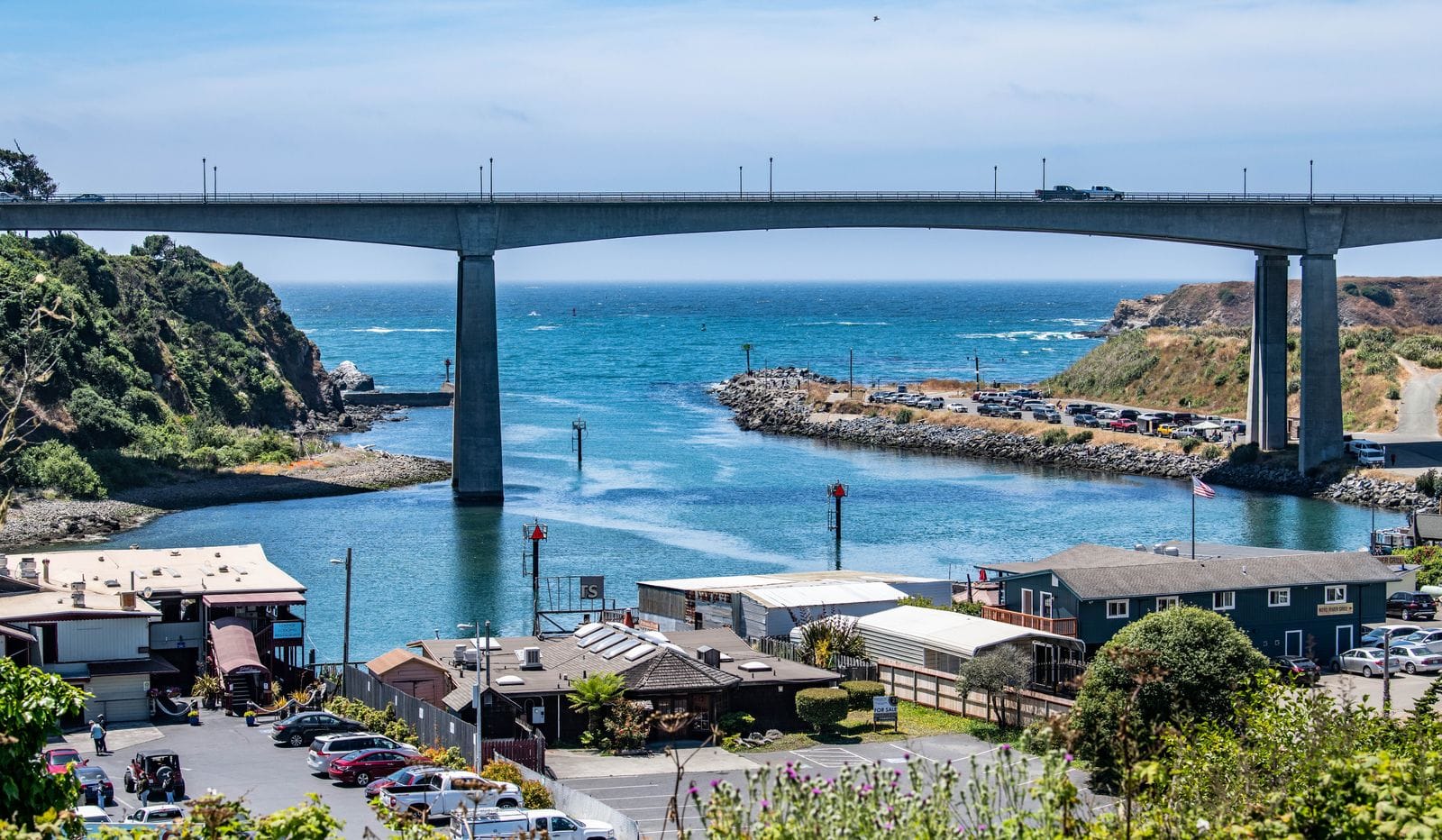
The climactic scene where Locky kills Black is a turning point in the narrative that escalates the story’s tension. The location’s dramatic cliffs provide a stark visual contrast to the violent act, reinforcing the gravity of the situation. The natural setting serves to externalize the internal conflicts faced by the characters, highlighting the loss of control that accompanies such tragic events.
The townsfolk decide Belinda is an unfit mother scene in Johnny Belinda
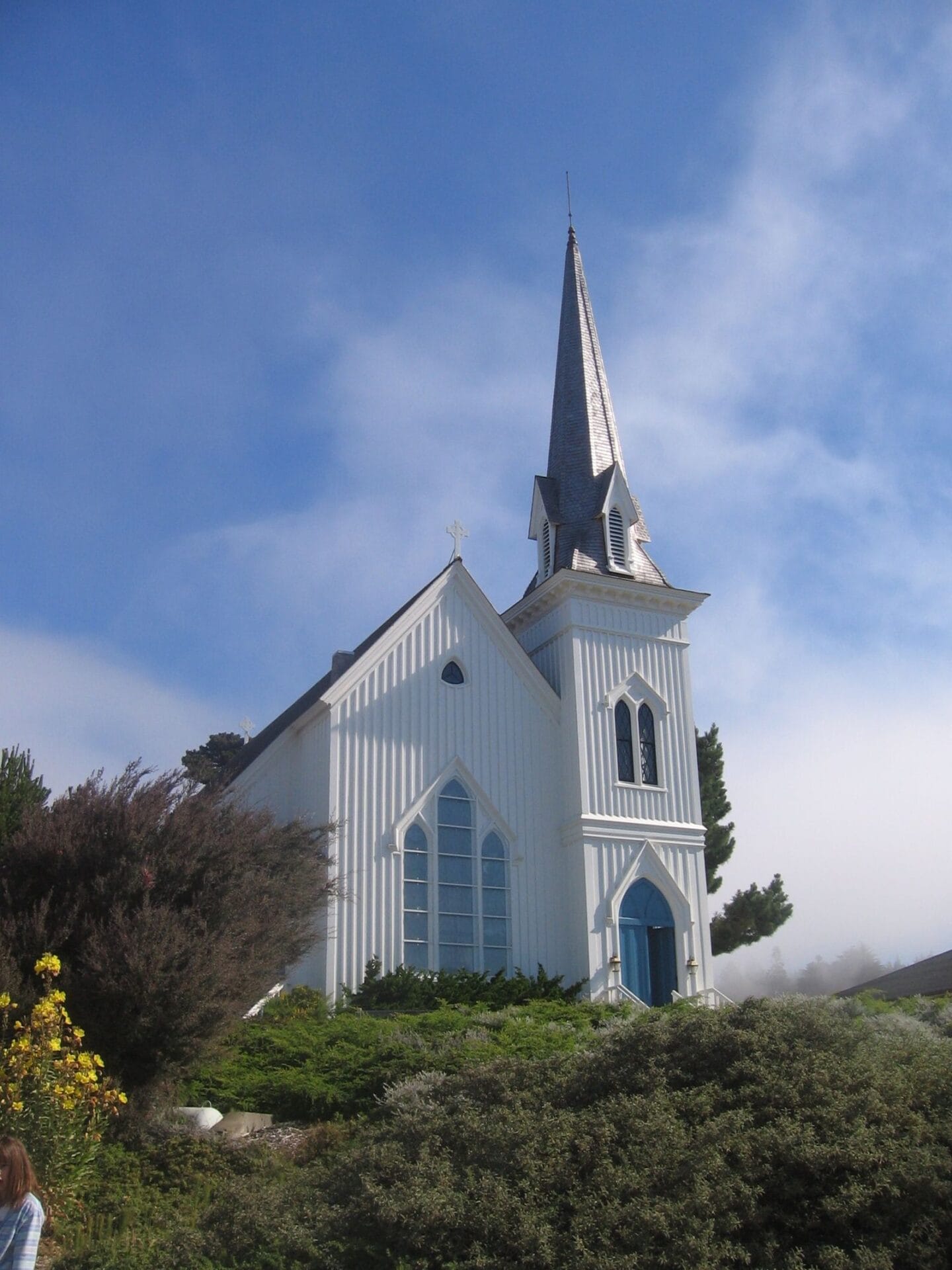
The townsfolk’s decision regarding Belinda’s mothering capabilities reveals deep-seated prejudices and societal norms that permeate the film. Filming this scene in a communal setting, surrounded by indifferent bystanders, emphasizes the power dynamics at play. The inclusion of everyday locations, like the town square, highlights how societal judgment can often be swift and unjust, contributing to Belinda’s feelings of isolation.
Belinda shoots Locky scene in Johnny Belinda

Another significant moment occurs when Belinda shoots Locky, marking her transformation from a passive character to an active defender of her own identity. The dramatic background of the ocean serves as an allegory for her liberation from societal constraints. This scene is pivotal, as it challenges viewers to reconsider concepts of morality and justice within the context of the film.
Stella saves Belinda from execution scene in Johnny Belinda
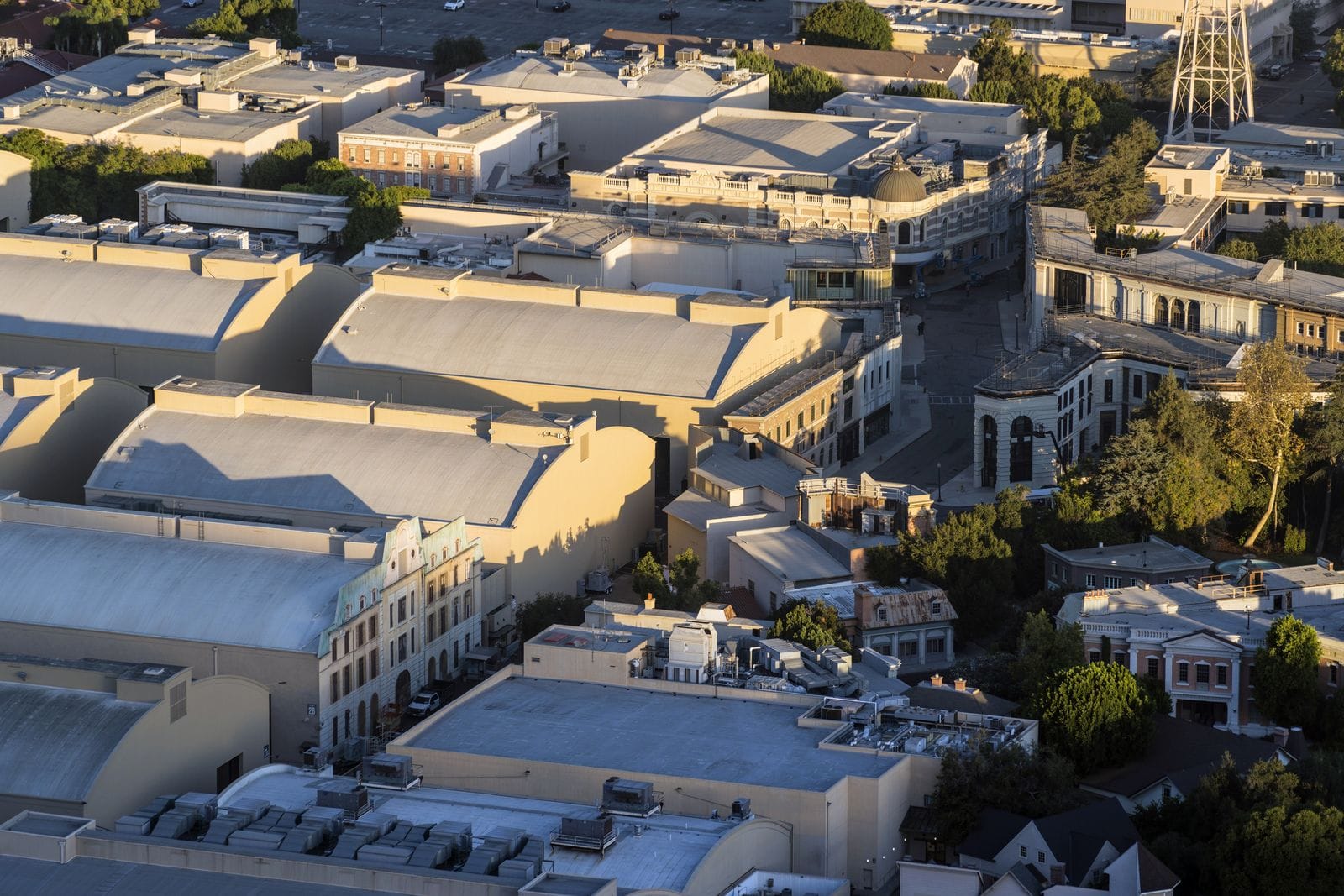
The final scene, where Stella saves Belinda from execution, takes place in a church, highlighting the film’s themes of morality and redemption. This location serves as a symbolic refuge for Belinda, providing her with sanctuary and ultimately freeing her from societal expectations. The use of sacred spaces throughout the film underscores the importance of community and human connection in overcoming adversity.
Conclusion
In Johnny Belinda, locations are more than just backdrops; they play an integral role in shaping the story and characters’ arcs. From natural landscapes to intimate studio sets, each location reflects and complements the film’s themes of love, prejudice, and personal growth. By immersing viewers in the characters’ surroundings, the film effectively bridges the gap between reality and fiction, prompting contemplation and emotional connection. Johnny Belinda is a timeless classic that continues to resonate with audiences, thanks in part to its masterful use of location styles to enhance its storytelling.
Keep exploring the themes and symbolism present in Johnny Belinda through different lenses and perspectives can deepen one’s appreciation for this impactful film. The locations may serve as a starting point for further exploration into societal norms and personal struggles present throughout the narrative. This classic movie is not only a testament to great filmmaking but also an invitation to explore universal human experiences through an artistic lens. So, whether you are rewatching the film or experiencing it for the first time, take note of how locations shape the story and reflect the characters’ inner journeys. You may be surprised by what you discover. So, don’t just watch Johnny Belinda; experience it in all its layered beauty and complexity. There is always more to learn and appreciate in this timeless tale of love, acceptance, and personal growth.

